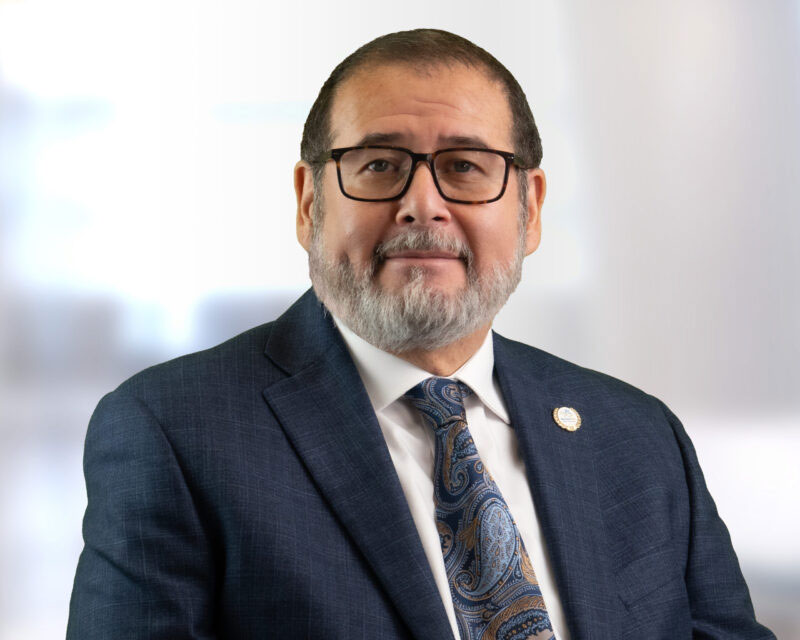
Back
Who we are
With research staff from more than 60 countries, and offices across the globe, IFPRI provides research-based policy solutions to sustainably reduce poverty and end hunger and malnutrition in developing countries.

researcher spotlight
Erick Boy is the Chief Nutritionist in the HarvestPlus section of the Innovation Policy and Scaling Unit. As head of nutrition for the HarvestPlus Program since 2008, he has led research that has generated scientific evidence on biofortified staple crops as efficacious and effective interventions to help address iron, vitamin A, and zinc deficiency in sub-Saharan Africa, Latin America, and South Asia.

Back
What we do
Since 1975, IFPRI’s research has been informing policies and development programs to improve food security, nutrition, and livelihoods around the world.

Back
Where we work
IFPRI currently has more than 600 employees working in over 80 countries with a wide range of local, national, and international partners.